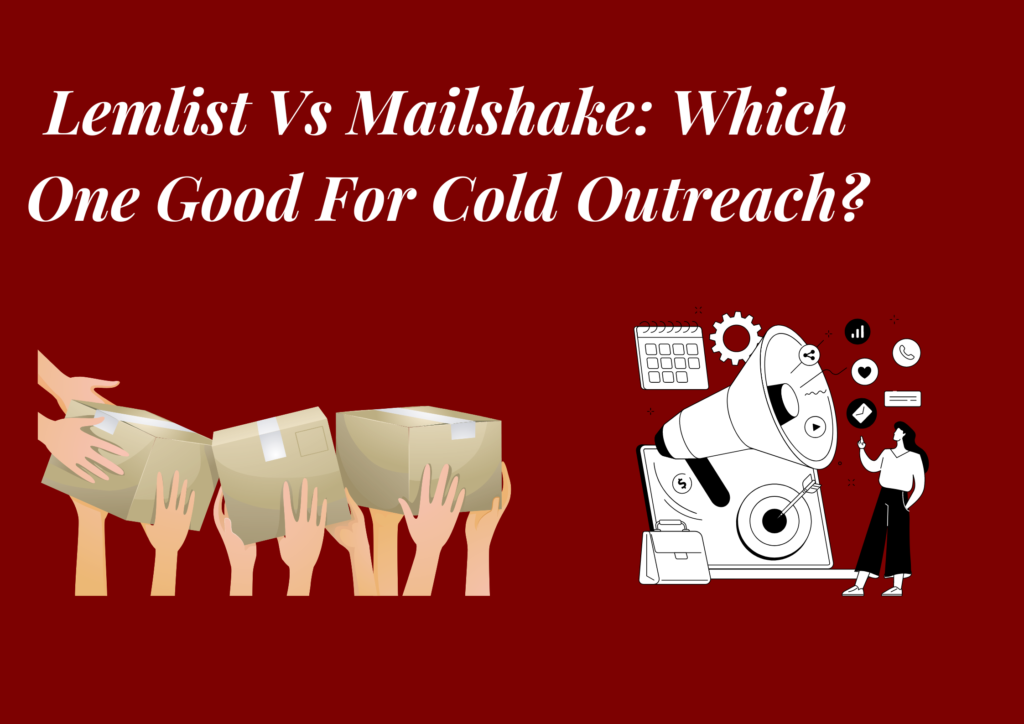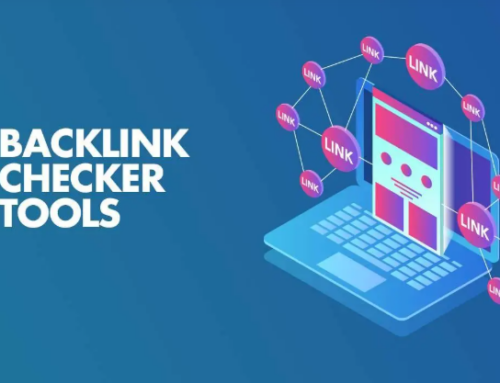
According to verifiable Lemlist evaluations on websites like G2 and Capterra, users typically use it for automated cold outreach. Does Lemlist perform well? According to whom you ask.
Although some evaluations (especially older ones) are favorable, some Lemlist users claim that occasionally they have to deal with poor UX and unhelpful support. While not necessarily a deal breaker for some, these problems can eventually annoy or interrupt you. Here in this article, we have elaborated on mailshake and lemlist. We have discussed prospect’s using lemlist and mailshake, sending personalized cold emails, and which one is better among them.
What Should I Do First for Email Marketing?
Lemlist is an email outreach tool that creates the most effective campaigns by considering your needs, the current theme, and the email design while sending emails. As a result, they are ideal for promoting anything, including “sales,” “product launches,” weekly emails, and even Christmas clues. You may quickly move up and backward in your material while generating a newsletter.
Being a subscriber or customer has no associated costs, so it’s ideal not only in that regard but also since the email marketing software is free. One option is to install or pay for a desktop platform that offers Outlook, Gmail, and even Facebook.
The dashboard includes Twitter-like templates, analytics/tracking, automation features, and cutting-edge technologies. Depending on how many subscribers you want, email marketing, in particular, can help you gain a tonne without spending much more than a few pennies on your campaigns.
Additionally, you may use an online dashboard to manage your email marketing campaigns. This platform is similar to Gmail if you don’t want to get technical.
What is cold email outreach?
As so many “marketers” do not implement this reliable method and send emails blindly to as many individuals as possible, regardless of whether or not they are likely to be interested, outreach emails are frequently regarded as spam by receivers.
Lemlist vs. Mailshake: Which Cold Email Software to choose?
Email tool from Mailshake
A sales engagement platform for contemporary sales teams is called Mailshake. On a single dashboard, send mass-tailored cold emails and assign tasks to contact prospects by phone and social media. Mailshake will blend seamlessly with your sales tech stack thanks to its native connectors with Hubspot, Pipedrive, Salesforce, and thousands of other apps.
I just learned about the Mailshake Email Tool, which allows you to send and set up email campaigns from your web browser. You can choose any account that has an associated email address or add each of these accounts.
When adding numerous accounts, you can determine which domains or accounts are taking up the most space so that none are overwriting each other.
Features of Lemlist
Your subscription includes the following features:
- No external software is needed; all emails are sent directly from the app.
- The ability to send each user of your account individualized emails that include a signup form or an upgrade request
- You can customize the product list. (e.g., “Customers that purchased X in the last month”)
- You may add additional sections for certain items or lists (such as “Users who visited my website”). It is up to you to choose which field belongs to which section.
- A unique HTML email template for each campaign, editable so it may be used for all upcoming campaigns if necessary.
- A safe section of the program houses HTML email templates (this means that your emails are not stored on a distant server and are only accessible to you.
- So that even if Mailshake is hacked or another company’s data storage is corrupted. At least your personal information is not accessible.
If you decide to cancel before the conclusion of your 30-day free trial, you get a 14-day money-back guarantee, so that’s not too bad.
Features of Mailshake
Your subscription includes the following features:
- Unsurpassed reliability and quality – An editable HTML email template for each campaign so it may be used for all upcoming campaigns if necessary.
- Automatically transforms data into an Excel spreadsheet and retrieves the list of customers from whichever web page they originated from. For example, a shopping cart checkout page), saving you the time of manually entering it into Mailshake. This is helpful if you require distinct lists for related categories or if there are plenty of customer records (i.e., “Shoppers who purchased X, Y, Z” and “Rates for customers who purchased X”)
- A user-friendly Mailshake Software program accessible on both PCs and Macs (there are no mobile app versions). You can import a selection of email templates into Mailshake or build from scratch.
- Being hacked is not comparable because all your data is stored on your computer, laptop, or tablet. Although it’s nothing you couldn’t comprehend anyhow, I advise reading the terms of service and privacy policy before signing up so that you know exactly what they’re going to do with your information.
- You can quickly start multiple campaigns using your email address or the one they have for you!
Mailshake vs. Lemlist: The features you get with Mailshake
The issues and weaknesses with Mailshake
Mailshake’s main flaw is that you can only send out many campaigns monthly. It has, even though this could increase your email subscriber count. MailShake allows up to four daily searches for keywords and groups chosen from several accounts at once, but if I had fifty accounts and wanted to test out all of my campaigns using the same terms, I would find that a little restrictive.
You can influence others to join your list by using an outreach campaign to contact those who haven’t subscribed or signed up yet. You might want to do this if you don’t know their email address. On the other hand, regardless of whether anyone has joined your email list, broadcast campaigns send out an email every day at 5:00 PM Eastern Time.
Lists and campaigns can be imported and exported using MailShake. MailShake gave me access to all the keywords I’ve been using on their platform. It offered advice on what keyword combinations could be most effective. It enabled me to maximize the count of emails using Mail Shakes’ real-time keyword suggestions.
Which of Lemlist and Mailshake should you pick?
In conclusion, Mailshake lets you seek cost-efficient, efficient, and simple-to-use email marketing software. It has repeatedly shown that it is the greatest WordPress mailing list plugin. Lemlist might be better if you want a more sophisticated solution with audience segmentation or bespoke content creation capabilities. It provides many additional helpful automated tools. It is relatively user-friendly compared to Mailshake’s technology.
Everything depends on the services you require from email campaign management. Suppose you want to connect with people from your revenue-generating activities. Activities like Leads, Prospects, Existing, and Cliently would be a terrific approach to interact at scale, including Churned Clients. Multiple technologies can occasionally result in gaps in knowledge about who is participating, how they are engaging, and when to engage. Cliently could be most useful to you in this situation.
Mailshake alternative that offers improved personalization and email deliverability
Honest review on cold email outreach tools
- Lemlist is great with personalization, yet it’s also a very simple, email-only tool that lacks many capabilities compatible products offer.
- Mailshake (if that’s what you meant) is a solid tool that allows you to employ more outreach channels outside of email. But as far as I know, they charge you upfront (no trial), which would be a dealbreaker for me.
- Woodpecker seems to be the weakest option among the listed 3 tools – no fancy personalization features, no additional channels. It does offer a bunch of features that would be handy to agencies (if that’s what you need).
- Capabilities of the software. Will the product be able to address the issues you anticipate it will, taking into consideration your present and projected business needs?
- Ownership cost. Instead of focusing on the base price for the plan you choose, consider the actual cost of ownership (which might include the cost to scale or customize the software, additional integrations, etc.) (which might include the cost to scale or customize the software, addition integrations, etc.)
- Available integrations. Will the software function perfectly with the other tools you already have? Use simplicity. Is it simple to use and straightforward enough that your sales team won’t need to learn it before they can get to work?
- Customer service. Check the level of customer service for the tool you select to ensure that any issues you may have with the software will be fixed immediately without causing any delays in your job.


